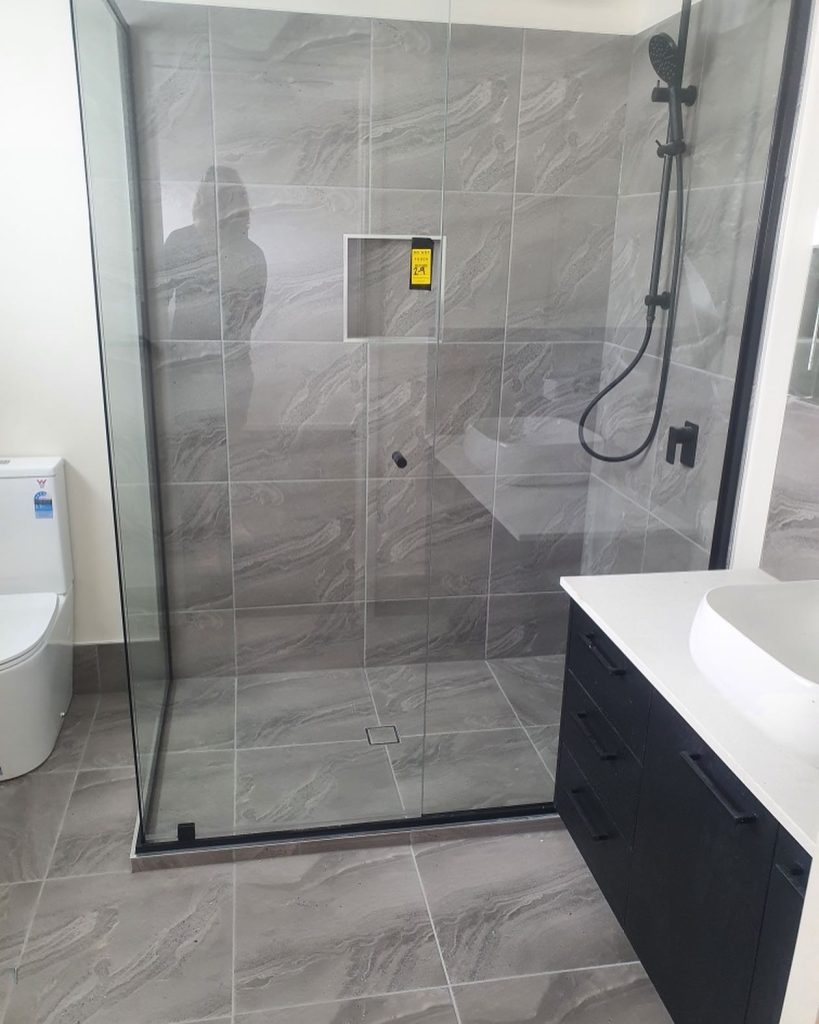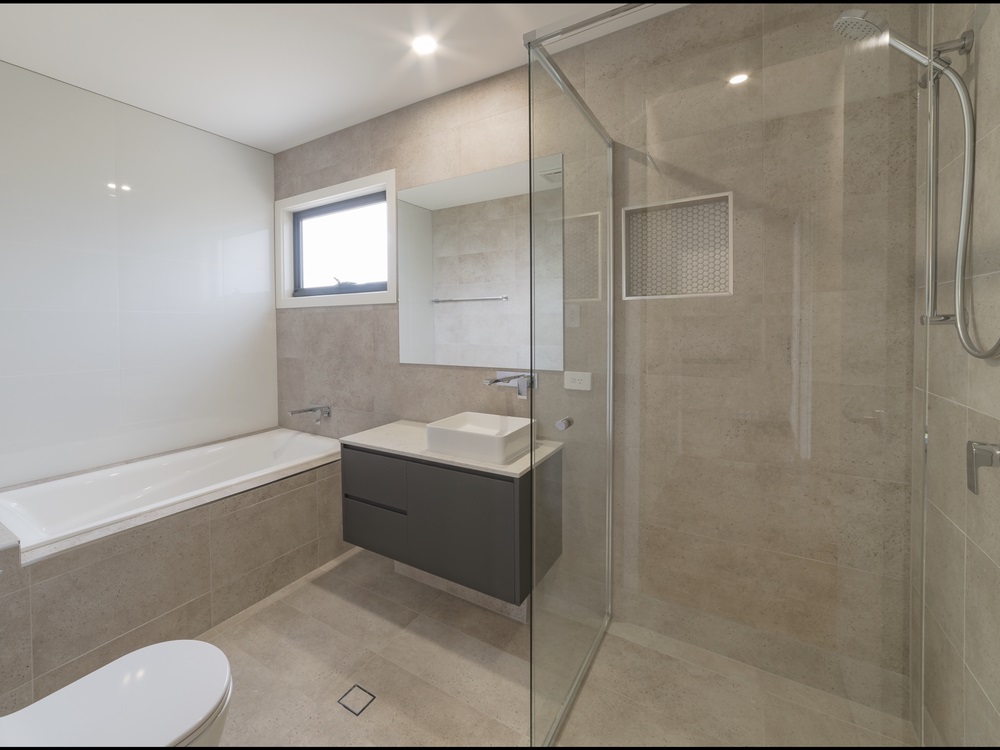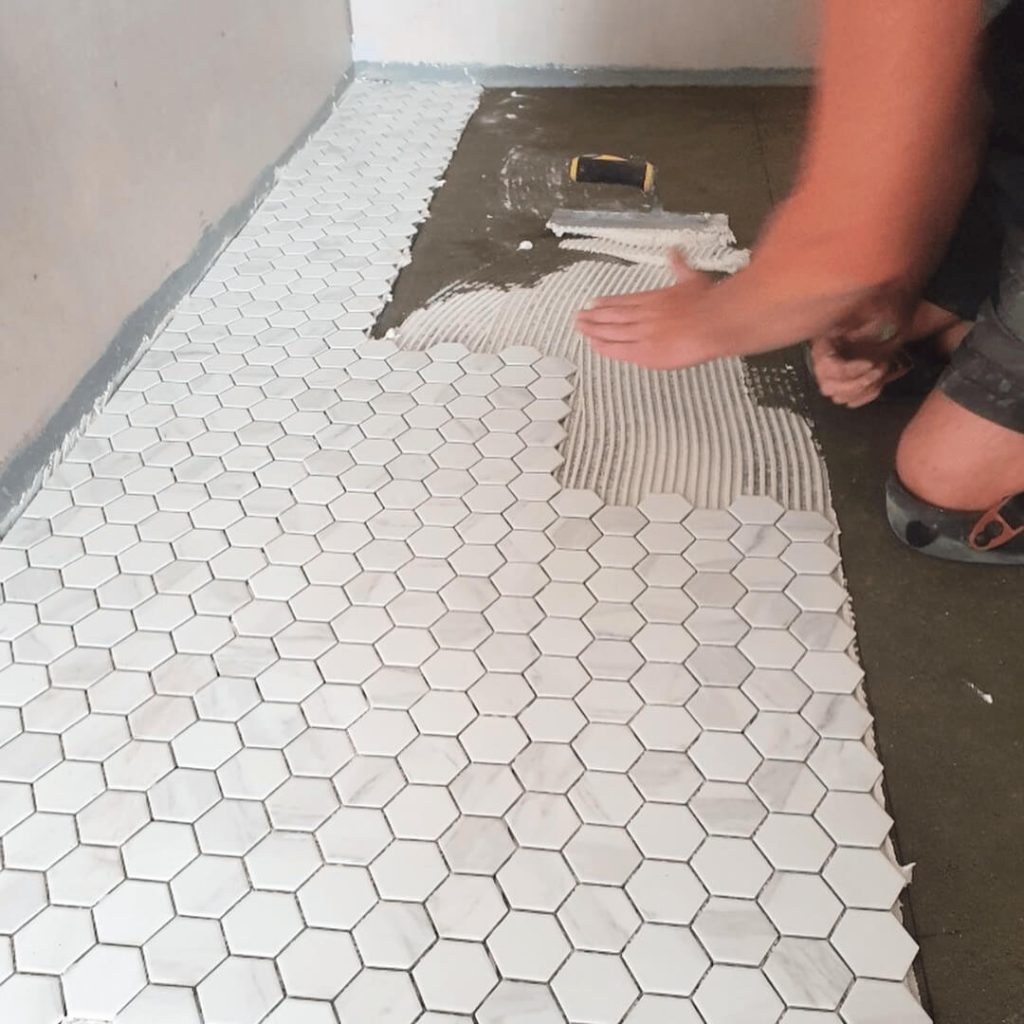Essential Guidelines for Choosing the Ideal Bathroom Tiles: When it comes to selecting tiles for your bathroom, prioritise porcelain tiles as your primary flooring option. Assess the appropriate thickness of tiles that are ideal for both wall and floor installations. Ensure batch consistency to achieve optimal colour coordination throughout your space. It's crucial to evaluate slip ratings to ensure safety and avoid accidents on bathroom floors. Additionally, plan your budget wisely to accommodate feature areas that enhance your design aesthetic.
Utilising high-quality tiles strategically can create a stunning visual impact, while selecting standard-sized tiles can help keep installation costs within reasonable limits.
The journey of choosing tiles for a bathroom renovation can often feel overwhelming due to the vast selection available, many of which appear strikingly similar in shades like white, beige, and grey. This similarity can complicate decision-making, especially when considering the varying price points associated with different options.
By gaining an understanding of the intricacies of tile pricing and recognising the key factors that influence your choices, you can make informed decisions that help avoid costly mistakes, save money, and achieve a luxurious finish that reflects your unique style.
This comprehensive guide serves as an invaluable resource for Brisbane homeowners, empowering them with the knowledge needed to make intelligent, budget-conscious choices when selecting bathroom tiles.

Key Considerations That Influence Tile Pricing: An In-Depth Analysis
Assessing Material Composition for Superior Durability
<a href=”https://writebuff.com/choosing-the-perfect-tiles-for-your-new-bathroom-guide/”>Porcelain tiles</a> are widely regarded for their remarkable density, reduced porosity, and outstanding durability compared to conventional ceramic tiles. These tiles are made from finer grades of clay and are fired at higher temperatures, resulting in enhanced strength, often reflected in their elevated price.
In bathroom environments, where exposure to moisture and long-term durability are critical, investing in porcelain tiles is typically a wise decision. Nevertheless, it is important to recognise that ceramic tiles have considerably improved in recent years, providing cost-effective alternatives that are well-suited for walls and less-trafficked areas.
How Tile Manufacturing Techniques Affect Quality and Pricing
The overall quality of tiles is determined by more than just their material composition; the manufacturing methods employed play a significant role in defining their characteristics.
Single-fired tiles tend to be less expensive but may display inconsistent quality across different batches. Conversely, double-fired tiles offer richer finishes, a broader range of vibrant colours, and enhanced durability, making them an excellent investment for homeowners pursuing high-quality renovations with enduring appeal.
Tiles with rectified edges are meticulously cut using advanced machinery to guarantee uniformity in both dimensions and shape. Although these tiles usually carry a higher price tag, they facilitate minimal grout lines, producing a seamless and contemporary aesthetic that is highly desirable in modern bathroom designs.
Understanding the Significance of Tile Thickness for Structural Integrity
When selecting tiles, it is crucial to acknowledge that tiles intended for flooring must generally be thicker and more robust than those designed for wall applications.
For example, wall tiles typically range from 6 to 8mm in thickness, while floor tiles are commonly between 8 and 12mm.
- Wall tiles generally range from 6–8mm thick.
- Floor tiles typically measure between 8–12mm thick.
Investing in heavy-duty tiles when only wall coverage is required can lead to unnecessary expenses. Aligning the tile thickness with the intended installation area is essential for optimising your budget effectively.
Navigating Brand Reputation and Quality in Tile Selection
The branding landscape in the tile industry can often lead to inflated prices without a corresponding enhancement in quality.
Prestigious European brands such as Porcelanosa and Marazzi frequently demand premium prices based on their established reputations rather than the actual quality of their products.
Homeowners in Brisbane should focus on evaluating the genuine quality of materials, the firing techniques used, and slip resistance ratings, rather than placing undue importance on brand names during their selection process.

Effective Strategies for Maximising Your Tile Budget
By making informed and thoughtful selections, you can achieve an elegant bathroom aesthetic without exceeding your financial constraints. Here are some practical strategies to help optimise your tile spending.
Mix Premium and Standard Tiles:
Incorporate high-end feature tiles on a focal wall or in a specific niche, while utilising more cost-effective tiles in less visible areas to strike a balance between luxury and affordability.
Choose Larger Format Tiles:
Larger tiles, such as those measuring 600x600mm, cover more surface area with fewer grout lines, creating an illusion of spaciousness in smaller bathrooms and concurrently reducing installation labour costs.
Stick to Standard Sizes:
Opting for non-standard tile sizes can significantly increase both purchasing and installation costs. Selecting standard sizes will ensure maximum savings while maintaining a cohesive look.
Capitalize on Clearance or End-of-Run Stock:
High-quality tiles are often available at discounted rates towards the end of production runs. Acquiring discontinued tiles can result in sizeable savings; however, it is advisable to purchase an additional 10–15% for future maintenance needs.
Prioritise Durable Tiles for Floors and High-Traffic Areas:
Allocate a larger portion of your budget towards tiles for flooring and wet zones, where durability is crucial, while opting for economical choices in dry or low-traffic areas to enhance your overall value.
Recognising Quality Differences in Bathroom Tiles
While many bathroom tiles may seem similar at first glance, significant differences lie beneath the surface that can greatly impact the success of your renovation project.
Shade Consistency:
Inexpensive tiles often demonstrate inconsistent colours across production batches. Always verify batch numbers before making a purchase to avoid mismatches that could diminish the aesthetic appeal of your space.
Glazing Quality:
Poor-quality glazes are more susceptible to chipping and staining. High-quality glazing is resistant to scratches and absorbs less moisture, which is particularly vital in wet areas such as showers.
Porosity Levels:
Tiles with high porosity can lead to water penetration and cracking over time, a common issue linked to lower-cost ceramics. Ensuring low porosity is essential for preserving the integrity of your bathroom.
Slip Resistance Ratings:
Bathroom floor tiles should meet or exceed an R10 slip resistance rating, as stipulated by Australian standards, to ensure safety in wet conditions and prevent accidents.
Neglecting to consider these factors can turn what seems to be a straightforward tile choice into an expensive repair and replacement situation.
Understanding the Financial Implications of Grout Selection in Your Bathroom
While the choice of tiles sets the overall aesthetic for your bathroom, the selection of grout holds equal importance, as it significantly impacts durability, visual appeal, and maintenance requirements.
Assessing Grout Costs and Material Choices for Your Bathroom
Budget-Friendly Standard Grout:
Traditional cement-based grouts are economical and suitable for low-moisture environments. However, they are porous and may become discoloured or crack over time, particularly in showers and high-traffic bathrooms.
High-Quality Premium Grout Options:
Epoxy-based grouts or those modified with polymers resist stains, cracking, and moisture absorption. Although their initial costs are higher, they often provide long-term savings by reducing maintenance and repair needs.
Premium grout options also come in vibrant, lasting colours that maintain their brilliance even with daily use.
The Influence of Tile Size on Grout Costs in Your Renovation
Choosing smaller tiles necessitates a larger volume of grout, affecting both material and labour costs.
- Mosaic and small-format tiles require significantly more grout, both in terms of volume and labour during installation.
- Large-format tiles (600x600mm or larger) minimise grout lines, leading to reduced material and labour expenses.
If you prefer smaller tiles for aesthetic reasons (such as penny rounds or subway patterns), ensure you budget for premium grout. The visibility of grout lines elevates the importance of using a durable, stain-resistant product to maintain the integrity of your design.

Your Comprehensive Tile Buying Checklist for Bathroom Renovations
- Prioritise porcelain tiles for floors and wet areas to ensure long-lasting durability.
- Choose ceramic tiles for wall applications where appropriate to balance cost and functionality.
- Verify tile thickness based on the intended installation area to ensure suitability and compliance.
- Confirm batch consistency to avoid colour mismatches that could disrupt your design vision.
- Check slip ratings, particularly for bathroom flooring, to ensure safety and prevent accidents.
- Invest in higher-quality tiles for floors and splash zones for enduring results.
- Be strategic: allocate your budget wisely, splurging selectively on areas that create visual interest.
We invite you to contact us for more innovative tiling ideas that can help you keep your bathroom renovation within budget while achieving both style and functionality.
This Article: Tile Selection to Maintain Your Bathroom Renovation Budget first appeared on https://writebuff.com
This Article Tile Selection for Budget-Friendly Bathroom Renovations Was Found On https://limitsofstrategy.com
This Article Budget-Friendly Bathroom Renovations: Tile Selection Tips was originally published on https://electroquench.com

